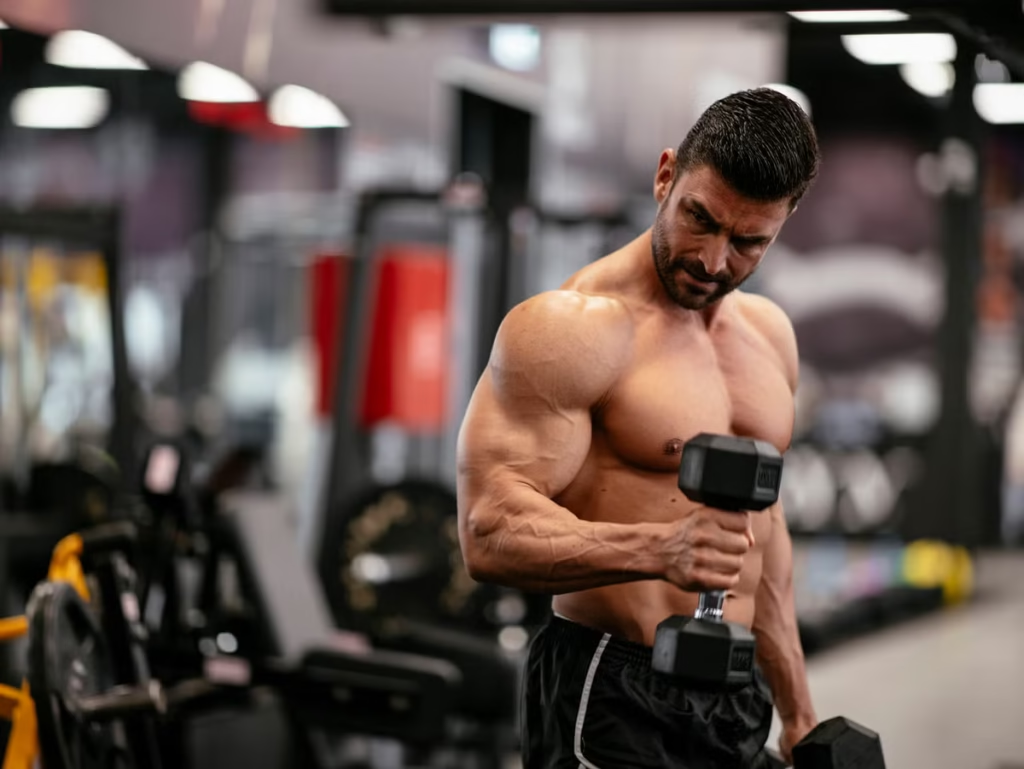Upper body strength is more than just about aesthetics — it’s about functionality, balance, and resilience. Whether you’re lifting groceries, pushing a door open, or carrying a child, a strong upper body plays a role in nearly every daily activity. Beyond practical use, building upper body fitness improves posture, enhances athletic performance, and can even boost your confidence.
Ready to grow stronger every day? Here’s your complete guide to mastering upper body fitness.
Why Upper Body Strength Matters
The upper body includes the chest, back, shoulders, and arms — muscles that support everything from pulling and pushing to lifting and carrying. When these muscles are strong, you move better, reduce the risk of injury, and maintain better alignment in the spine and neck. Upper body workouts also contribute to core strength, as many compound exercises engage your midsection for stability.
Upper body fitness is crucial for people of all ages. For older adults, it helps with independence and daily tasks. For athletes, it’s the foundation of performance in most sports. And for fitness enthusiasts, it’s key to a balanced, sculpted physique.
Key Muscle Groups to Target
To build a well-rounded upper body, aim to work on the following areas:
- Chest (Pectorals): Push-ups, bench press, and chest flys are great for developing your chest muscles.
- Back (Lats, Trapezius, Rhomboids): Pull-ups, rows, and lat pulldowns target the back and improve posture.
- Shoulders (Deltoids): Overhead presses, lateral raises, and front raises help shape and strengthen shoulders.
- Arms (Biceps and Triceps): Curls and dips isolate the arms, while compound movements like chin-ups also build arm strength.
- Core (Supporting Role): Planks and rotational exercises strengthen your midsection and support upper body movement.
Essential Upper Body Exercises
Here are some effective exercises for building upper body strength. These can be done at the gym or at home with minimal equipment:
1. Push-Ups
A classic bodyweight move that targets the chest, shoulders, and triceps. Modify by starting on your knees or incline to build strength gradually.
2. Pull-Ups or Assisted Pull-Ups
Excellent for back and biceps. If you’re a beginner, use resistance bands or an assisted machine.
3. Dumbbell Shoulder Press
Strengthens your deltoids and triceps. Perform seated or standing for variety.
4. Bent-Over Rows
Targets the back and biceps. Use dumbbells or a barbell for added resistance.
5. Chest Press (Bench Press)
Works your chest and triceps. Dumbbells allow for greater range of motion and control.
6. Tricep Dips
Effective for toning the back of your arms. Use a sturdy chair or parallel bars.
7. Planks
A full-body isometric hold that strengthens the shoulders, chest, and core.
Training Tips for Success
1. Focus on Form First
Proper form ensures maximum benefit and minimizes the risk of injury. Start with lighter weights or bodyweight and master technique before increasing resistance.
2. Be Consistent
Aim to train your upper body 2–3 times per week. Consistency is the key to building strength over time.
3. Mix It Up
Incorporate different exercises and equipment — such as resistance bands, cables, or kettlebells — to keep workouts challenging and engaging.
4. Don’t Skip Rest Days
Recovery is when muscles repair and grow. Ensure you give each muscle group at least 48 hours before working it again.
5. Fuel Your Body
A protein-rich diet supports muscle growth and repair. Stay hydrated and eat a balanced mix of nutrients to power your progress.
Common Mistakes to Avoid
- Overtraining: More isn’t always better. Listen to your body.
- Ignoring the Back: Balance your workouts; too much chest training without back work can lead to poor posture.
- Poor Warm-up: Always warm up before lifting. Light cardio and mobility work prepare your muscles and joints.
- Neglecting the Core: A strong core supports upper body strength and enhances overall movement.
Tracking Your Progress
Strength training progress isn’t just about lifting heavier weights. You’ll also notice:
- Better posture
- Easier daily tasks
- Improved muscle tone
- Increased endurance
Keep a workout log to track your sets, reps, and resistance levels. Celebrate small wins — more reps, better form, or a completed pull-up — as they add up to big results over time.
Final Thoughts
Developing upper body strength doesn’t happen overnight — it’s a steady journey fueled by daily effort, discipline, and mental resilience. Whether you’re just beginning or leveling up your routine, every rep, every push-up, and every drop of sweat counts. At an open gym in Lehi, you have the space and tools to challenge yourself, stay consistent, and track real progress. Stay focused, be patient, and keep showing up — because with every workout, you’re becoming stronger than the day before.
